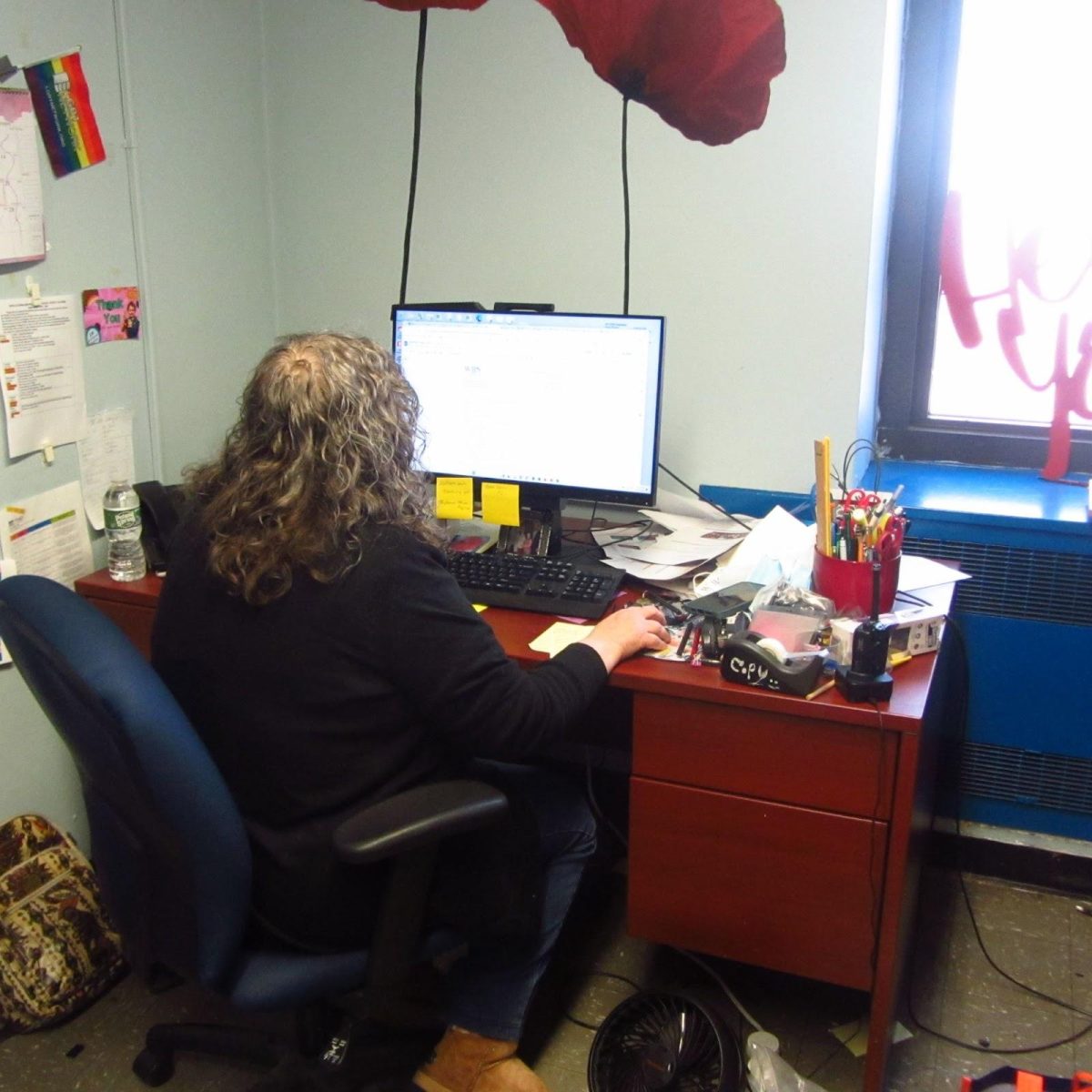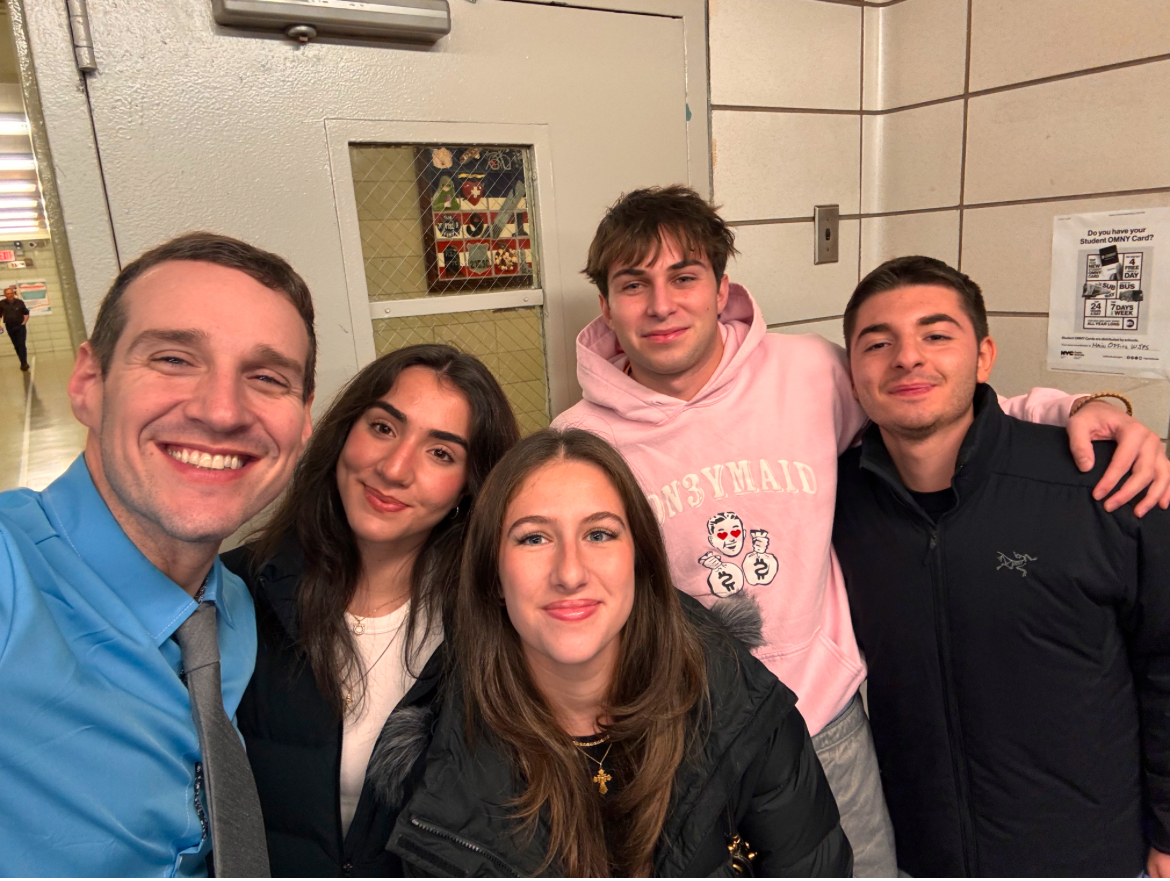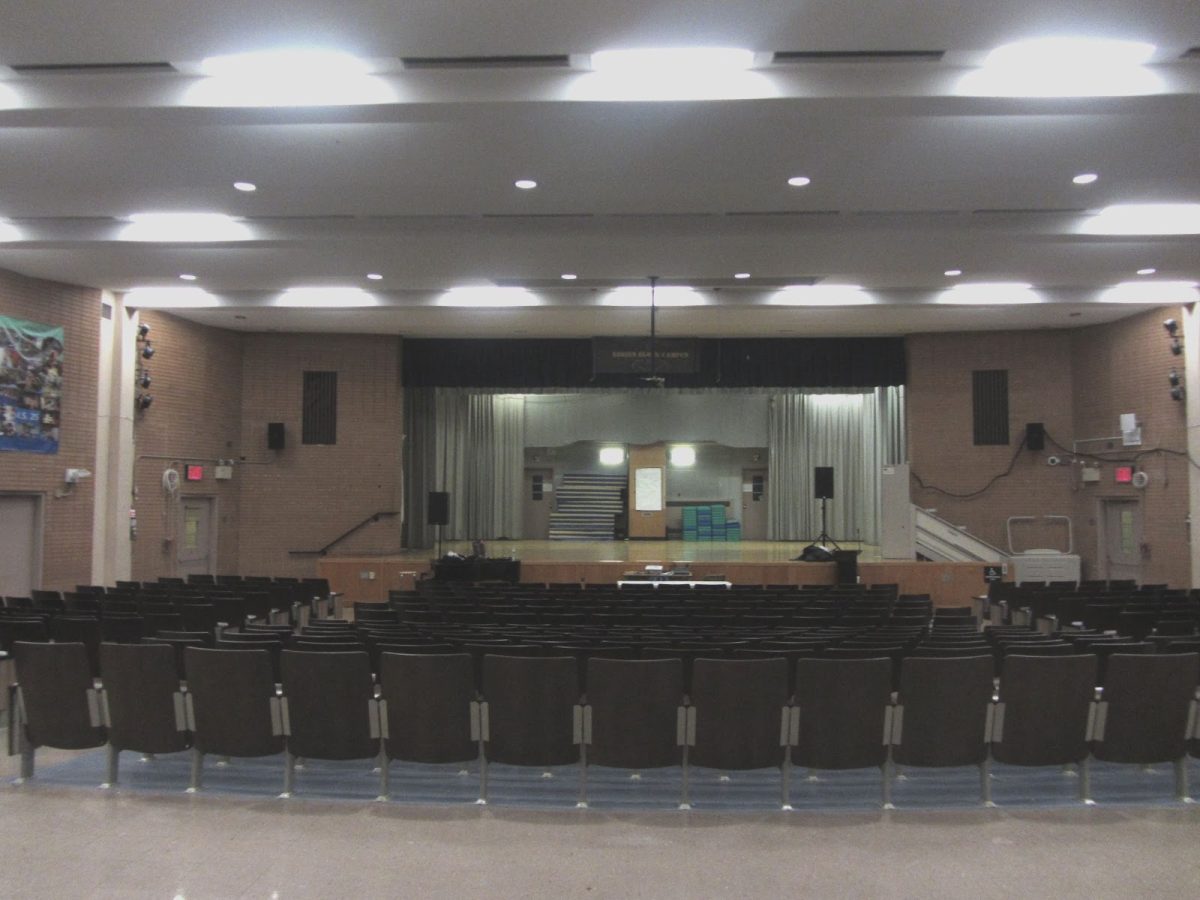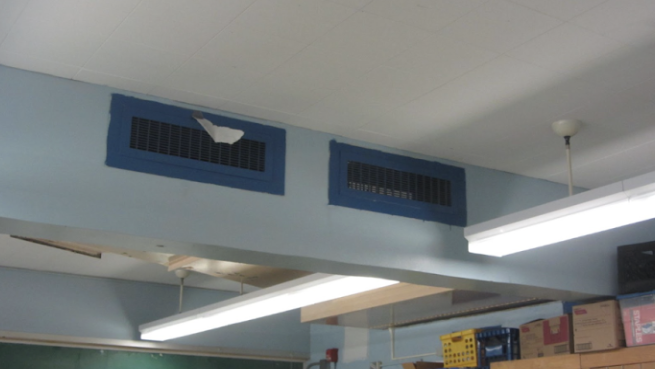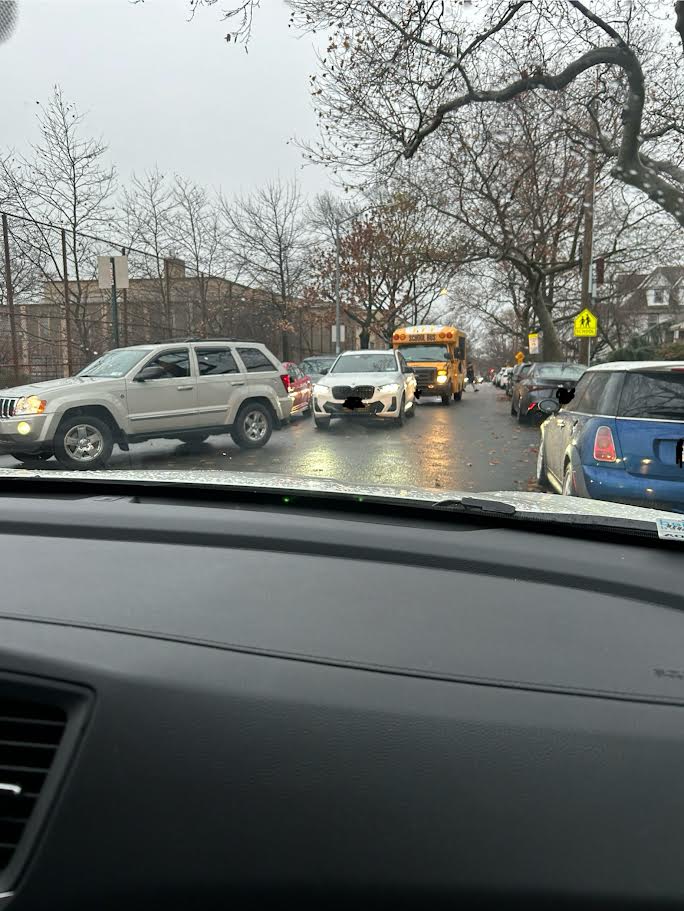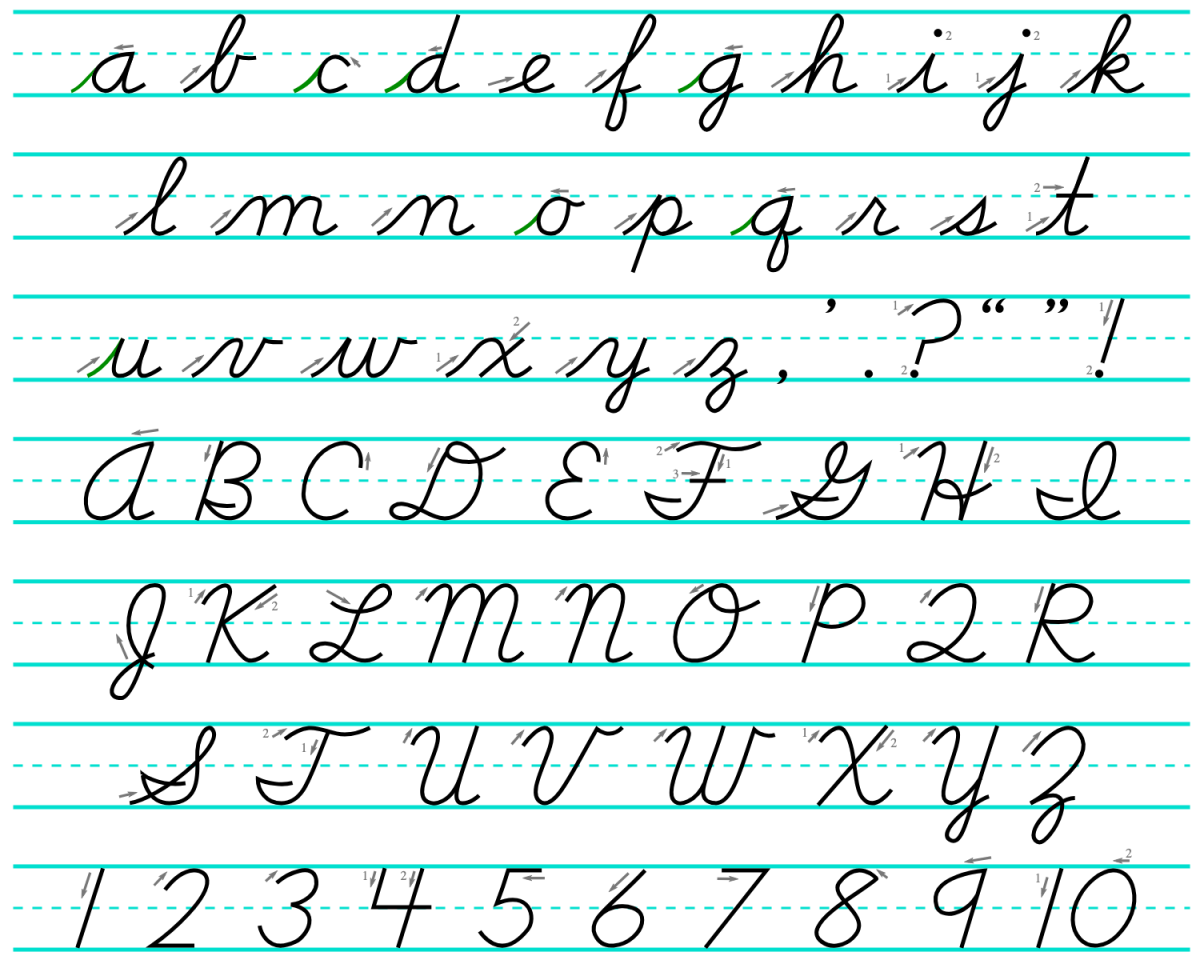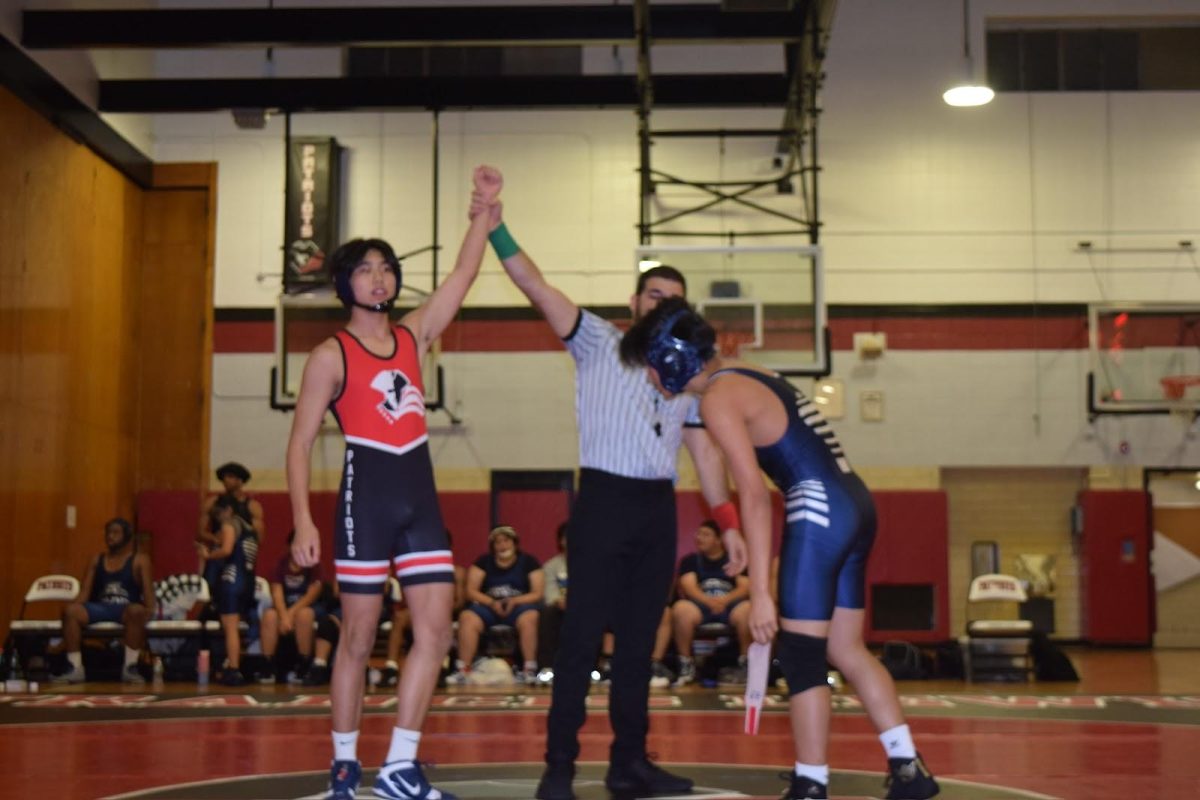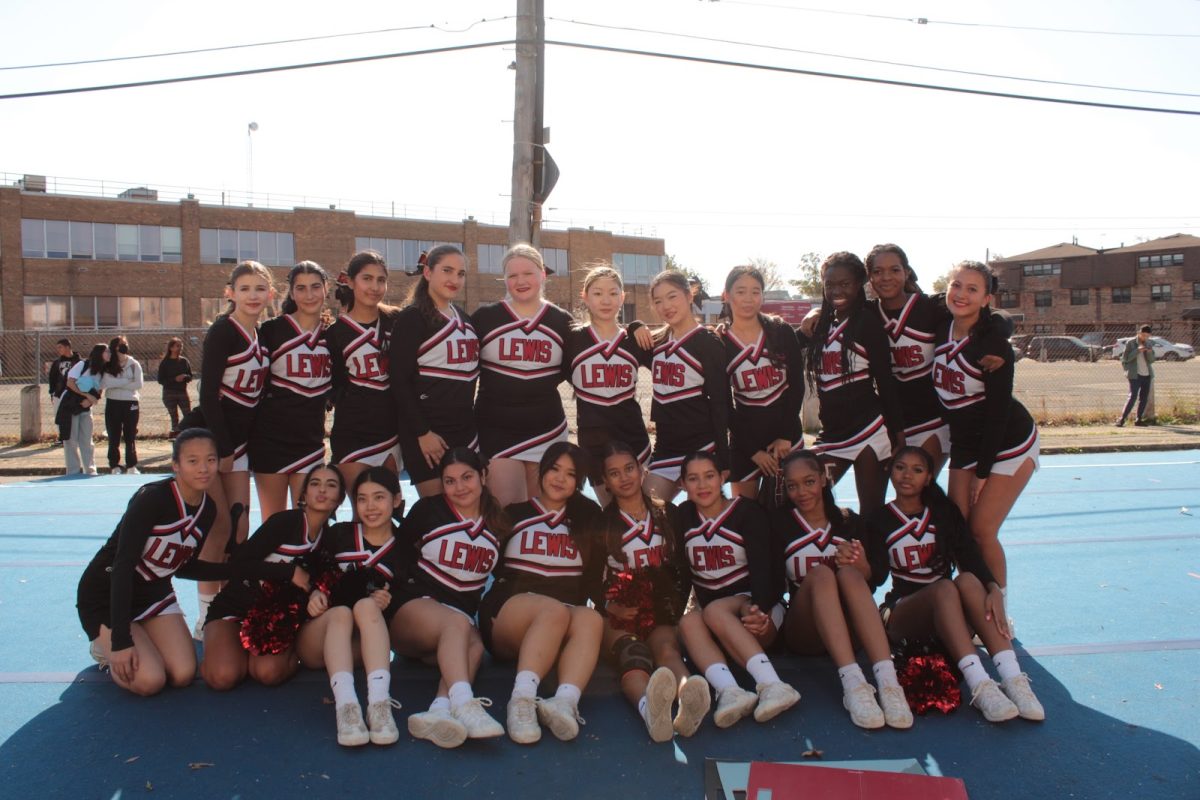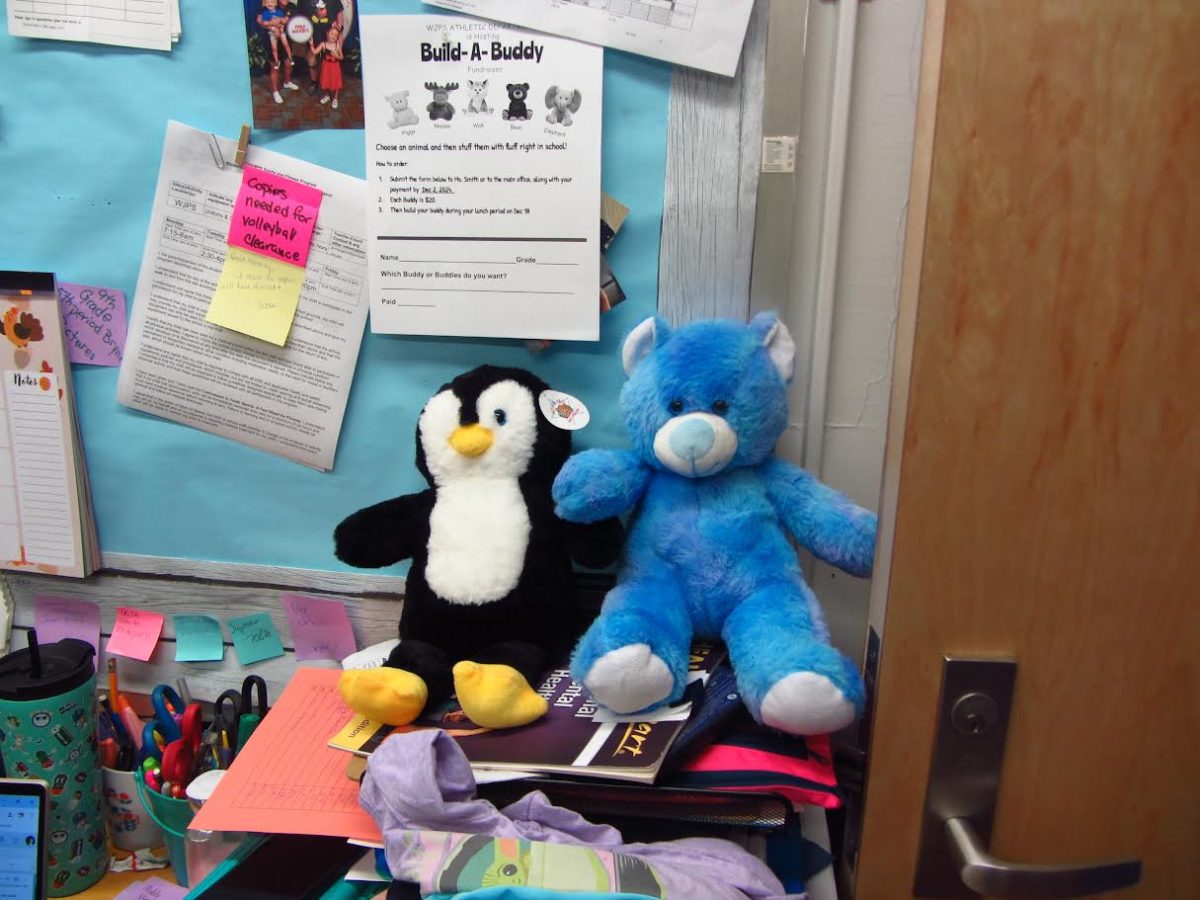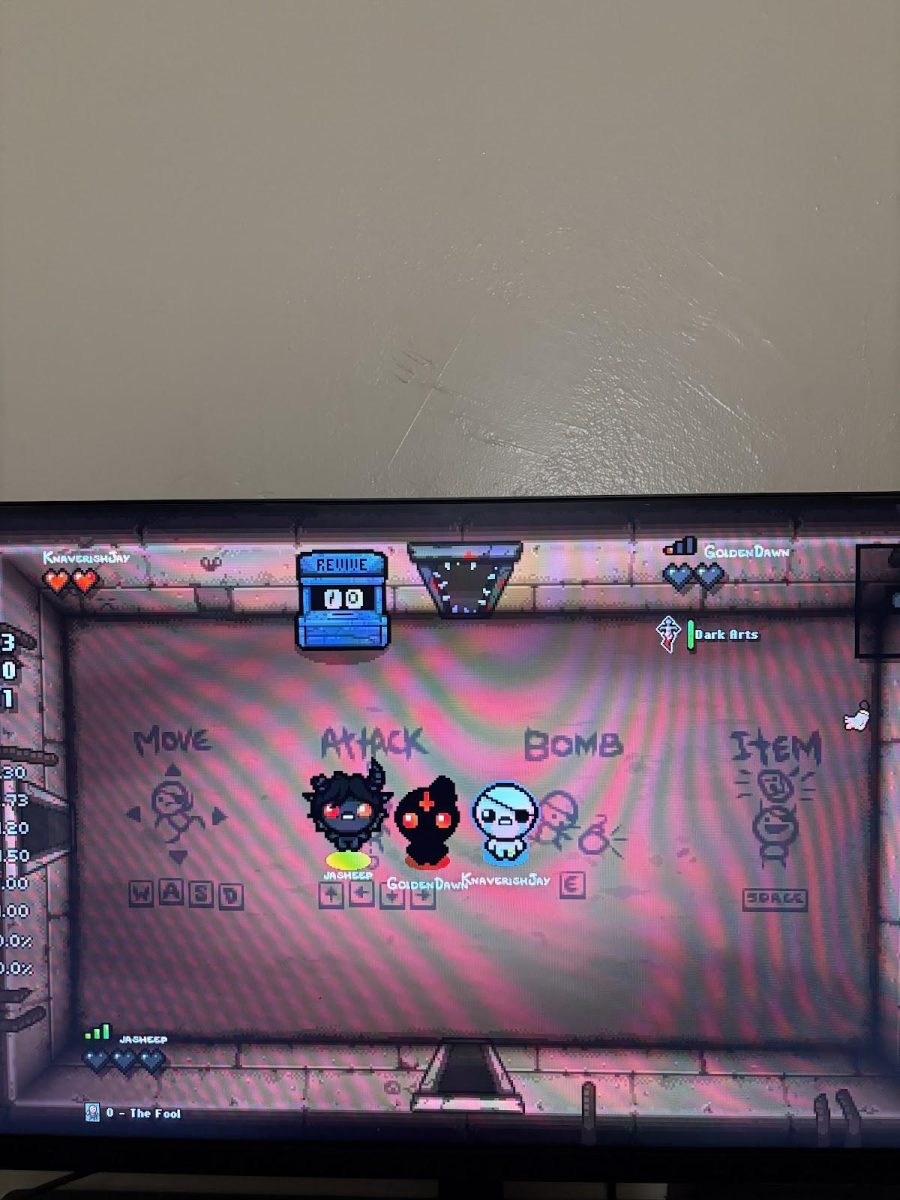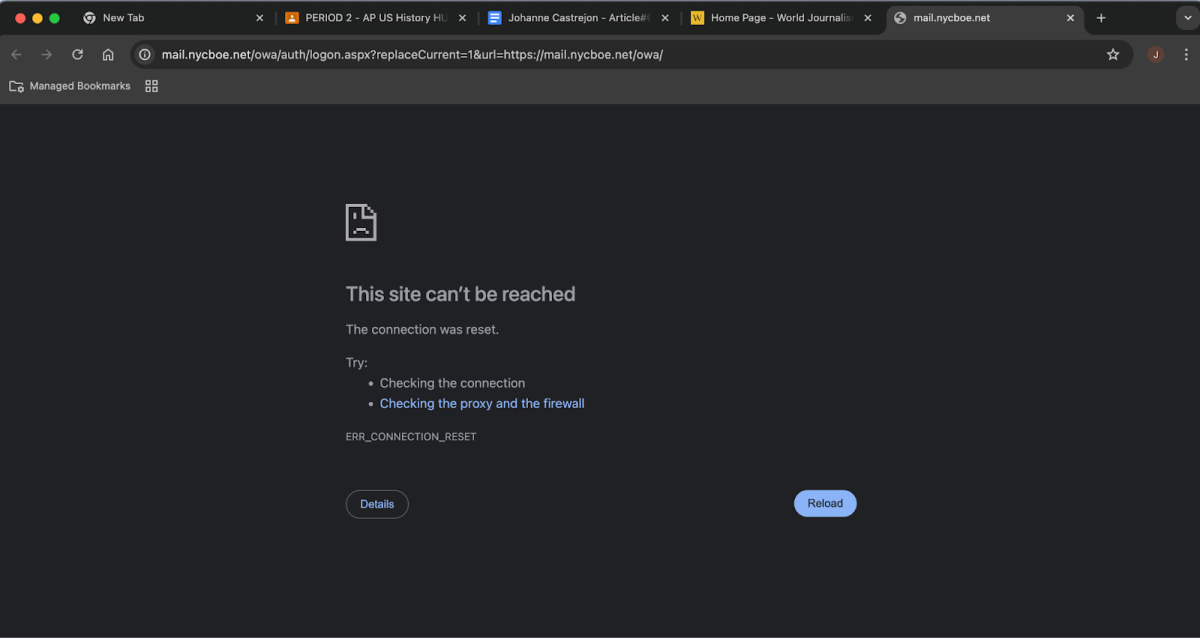Mr. Sacher, Physics teacher, says, “It [the increase in class size] doesn’t feel good. Might have to put in more hours to reach students including after school hours to reach more students and adjust teaching style to more cooperative learning methods to empower other students to become teachers.”
Some reasons classrooms are crowded are because students transfer into classes they feel they are capable of understanding. Junior Julian Oddo feels, “Large class sizes hurt your learning capability”.
The classes are also too hard for teachers to teach in when there are more students, which means more questions that the teachers might not get to. “Very large classes this year, it’s affected my teaching style because I can’t check in with as many students,” math teacher, Mrs. Keane agrees.
If a classroom is bigger it can also be more disruptive to other students and teachers as well, especially if the students know each other and decide to take advantage of a big classroom. Mr. Tesler agrees, “They are considerably bigger making it difficult for everyone; teachers, and students. Making everyone’s jobs harder.”
A few students complain about overhearing other classrooms.
Adam Villagra, a 6th grader thinks, “The classrooms are too noisy and it is hard to concentrate. It’s worse if teachers can’t control their classroom”.
Classes are still getting bigger but the problem that many students point out is not only that there are big classrooms but, that there are small classrooms that are not in use.
Mr. Lumetta, the high school guidance counselor says, “There is a small handful of classrooms that are undersized, undersized classrooms are created to supplement a class that’s too large. When there are more than 34 students in a classroom a new classroom is created, equalization becomes difficult because high school students are handled individually, not everybody requires the same group of classes.
